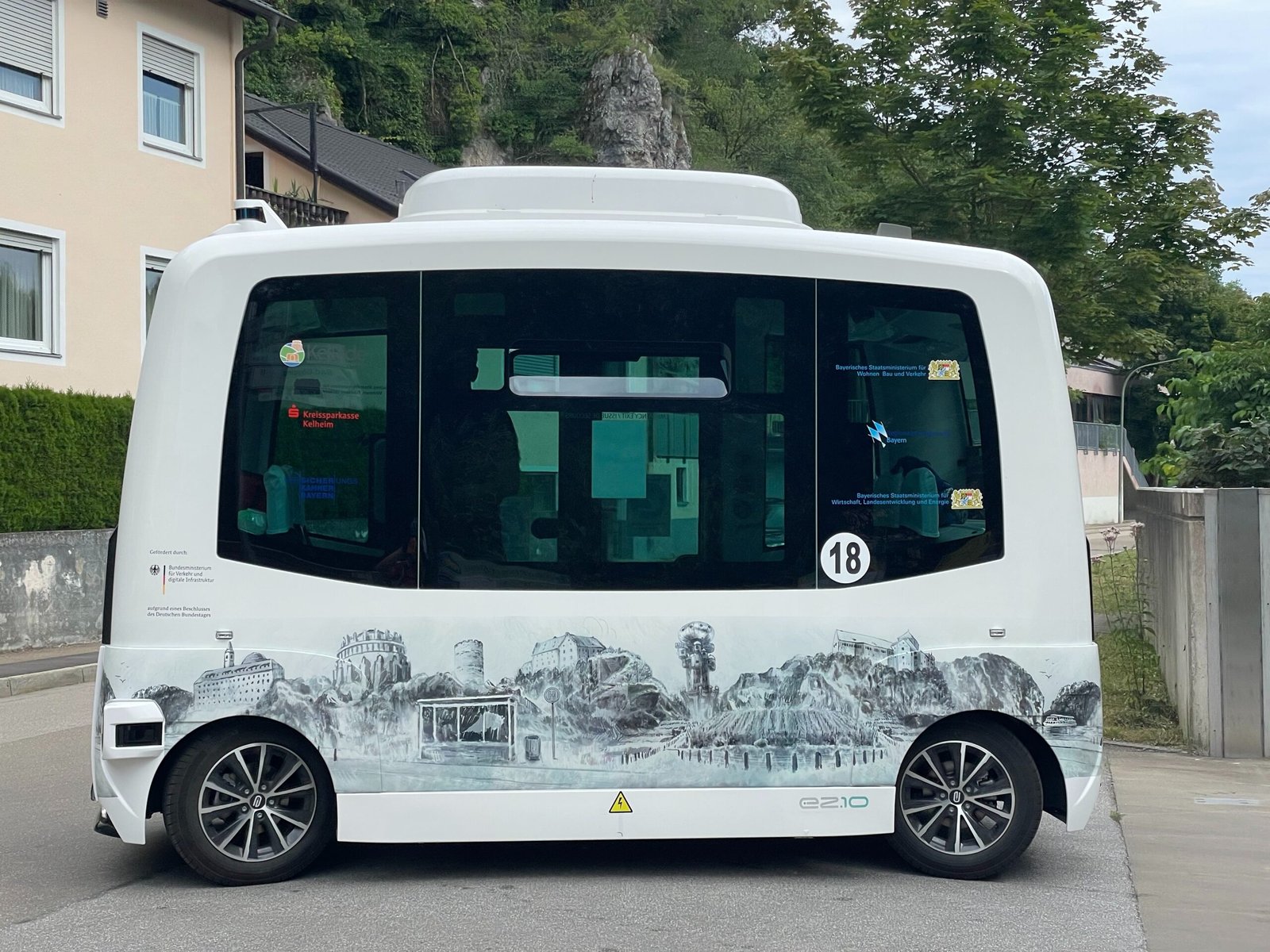Wondering how to create digital business cards; well, doing so online has never been easier, and it’s a crucial step in making a great first impression.
With a variety of tools available, you can customize every aspect of your business card to ensure it reflects your brand and provides clear, essential information. Start with a high-quality template and customize it with your logo, background, and content to create a card that stands out.

The layout of your business card plays a significant role in how effectively it conveys information. Ensure your name, title, contact details, and any branding elements are visible and well-organized. Utilize features like QR codes for quick and easy sharing of digital business cards, making it convenient for prospective clients to save your information instantly.
Once your design is complete, finalizing your business card includes choosing the right printing options or digital formats for sharing. Whether you prefer a printed card or a digital business card, making sure your card is readily shareable ensures that you’re always ready to connect with new prospects.
Key Takeaways
- Customize a template to reflect your brand.
- Ensure a clear, organized layout with essential information.
- Choose proper formats for sharing physical or digital cards.
Designing Your Business Card
Designing a professional business card involves selecting the right template or starting from scratch, customizing design elements, and incorporating branding and personalization. These steps ensure that your business card conveys a clear, memorable, and professional image.
Selecting a Template or Starting from Scratch
When designing a business card, one of the first decisions to make is whether to use pre-designed templates or to start from scratch.
If you choose to start from scratch, ensure you start with a clean, high-resolution canvas. This method allows full control over the design elements and can result in a more unique and tailored card. Whether using a template or designing from scratch, it’s essential to consider the card’s dimensions and layout.
Customization of Design Elements
Customization is a crucial aspect of creating a memorable business card. Utilize design platforms to adjust various elements such as colors, fonts, text, images, icons, logos, shapes, and backgrounds.
Consider using a drag-and-drop interface for ease of design, allowing placement of elements quickly without needing extensive design experience. Ensure text is legible and contrasts well with the background. Optimal use of space and alignment helps maintain a clean and professional look.
Incorporating Branding and Personalization
Branding and personalization make a business card stand out. Incorporate your brand’s colors, fonts, and logo to reinforce brand identity. Add essential information like your name, title, contact information, services, website, and social media links to make the card informative. Including a professional photo or a tagline can make the card more memorable.
Business cards should reflect the industry and position, ensuring they project the intended brand image. Balancing aesthetics with functionality ensures the card remains a practical tool for networking and leaves a lasting impression.
Finalizing and Sharing Your Business Card
Finalizing your business card involves ensuring the design is polished and choosing the appropriate file format. Sharing options include both digital and physical methods, accommodating various business needs.
Previewing and Editing
Before moving on to finalize, ensure your business card reflects your branding accurately.
Check each detail meticulously. Ensure your contact information, store hours, and social media handles like Instagram and Twitch are correct. A final preview helps catch minor mistakes that could impact your professional image. Making edits at this stage is crucial to avoid costly reprints later on.
Choosing the Right File Format and Quality
Selecting the correct file format is vital for maintaining your business card’s quality. Various file formats serve different purposes. For high-resolution digital use, PNG and JPG formats are often recommended. For prints, consider vector files like EPS, PDF, and SVG, which ensure scalability without losing quality.
Opt for a format that supports high-quality prints if you plan to use a professional printer. Check that all design elements, including logos and any QR codes, remain clear and sharp in the final file.
Options for Digital and Physical Distribution
Choosing how to distribute your business card depends on your networking needs. Digital business cards can be easily shared via email, social media, or embedded in a website.
Physical distribution can be handled through local print shops, ensuring you have high-quality cards for in-person meetings. Having both digital and physical versions allows for versatile networking solutions, catering to various professional interactions.

Conclusion
Creating professional business cards online is an efficient and straightforward process.
Including essential details like name, job title, and contact information ensures clear communication. Consistent branding and thoughtful design convey professionalism and make lasting impressions.






